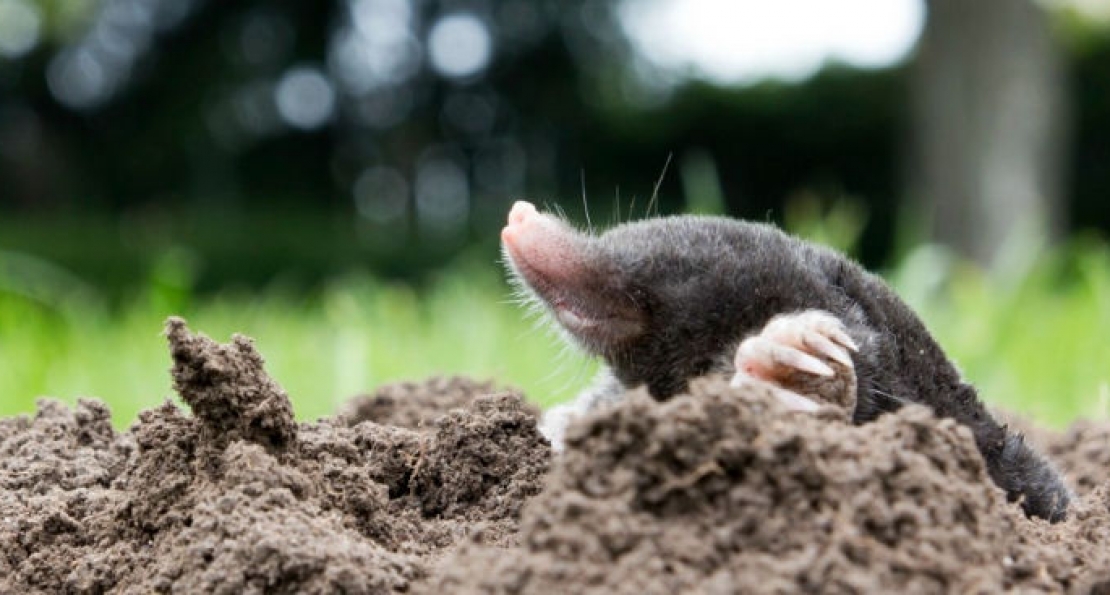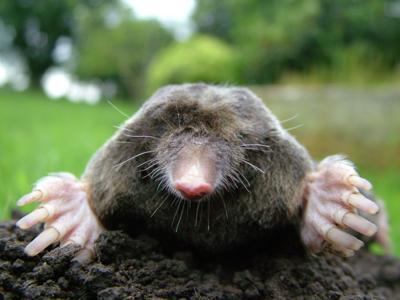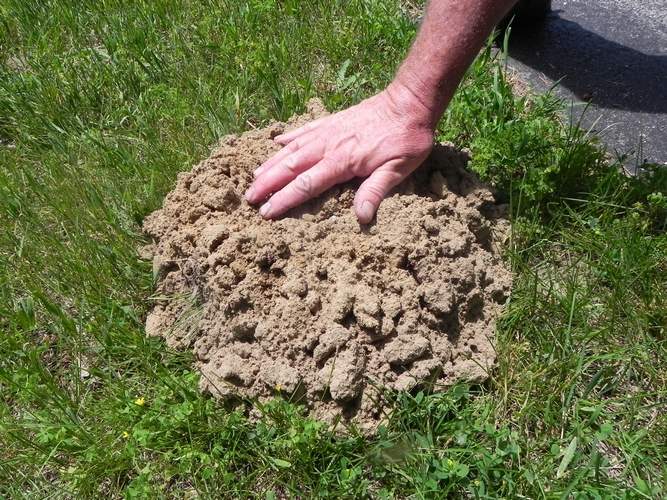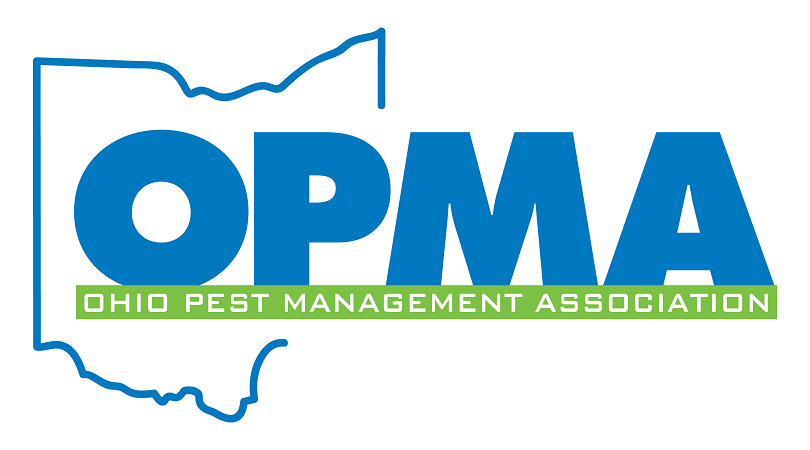Mole Control

Moles are a fascinating creature in nature, but hard to appreciate when damaging your lawn. The home remedies and ridiculous control strategies are almost endless. Chewing gum, pinwheels, and poison peanuts, just to name a few, are said to help control a problem. The reason some unexplainable ideas may seem to work, is likely the constant “here today, gone tomorrow” foraging behavior of moles. This can make many control efforts hard to evaluate.
 The foraging tunnels that destroy your lawn occur in minutes and may be revisited by the mole daily, occasionally or never again, depending on its food productivity. While moles will eat almost anything alive they can find in the soil, earthworms are the staple food in a moles diet. This is especially true in the north, where moles follow earthworms deep underground as the frostline pushes them down in the winter. This is apparent by the earth mounds they produce when making deep vertical tunnels in early winter then again in the spring when they return to the surface, where food is more abundant. Moles actively forage for food 365 days a year, 24 hours a day. Insect treatment of a lawn to kill the moles' food source has always been a common control method. While this may help, by making food less plentiful, you will never eliminate the earthworms, nor should you. They are important for the natural aeration of the soil and decomposition of organic matter. Proven control methods for moles include:
The foraging tunnels that destroy your lawn occur in minutes and may be revisited by the mole daily, occasionally or never again, depending on its food productivity. While moles will eat almost anything alive they can find in the soil, earthworms are the staple food in a moles diet. This is especially true in the north, where moles follow earthworms deep underground as the frostline pushes them down in the winter. This is apparent by the earth mounds they produce when making deep vertical tunnels in early winter then again in the spring when they return to the surface, where food is more abundant. Moles actively forage for food 365 days a year, 24 hours a day. Insect treatment of a lawn to kill the moles' food source has always been a common control method. While this may help, by making food less plentiful, you will never eliminate the earthworms, nor should you. They are important for the natural aeration of the soil and decomposition of organic matter. Proven control methods for moles include:
- Baiting surface runs with worm mimic baits (Talprid)
- Fumigation of tunnels with fumigant pellets (phosphene gas pellets are a restricted use product, and can only be applied by a professional) Applications are no longer allowed in residential areas or within 100 feet of any structure.
- Trapping
The professional technicians at Buckeye Exterminating can utilize all these control methods, but trapping is often the best and cheapest control method and can be managed by many do-it-yourself homeowners. Trapping is often the most intelligent approach because even if control is accomplished with any method, new moles will almost certainly reappear at some time, as the food source and conducive soil conditions will always be there. The purchase of any mole traps can be used for a lifetime. There are 3 popular types of mole traps:
- Harpoon traps are the most common, easy to set and work well in sandy soil, which moles prefer.
- Choker Loop traps are the least common, and rather hard to set, but work well.
- Scissor traps are most professional’s choice. They are hard to set but come with a tool to make it much easier. With a little experience, they become easier to set. Overall, they are the most effective trap in all soil types.
 Trapping is labor intensive because the traps should be checked daily and moved every few days if no activity. Catching one or two moles however can solve the whole problem immediately, as moles are not prolific, like mice, and a couple of moles may be responsible for an acre of damage. Moles are usually caught quickly at times of the year when they are the most active. The staff at Buckeye Exterminating can assist you with your mole problem in any way that makes the most sense for you. Give us a call at 1-800-523-1521.
Trapping is labor intensive because the traps should be checked daily and moved every few days if no activity. Catching one or two moles however can solve the whole problem immediately, as moles are not prolific, like mice, and a couple of moles may be responsible for an acre of damage. Moles are usually caught quickly at times of the year when they are the most active. The staff at Buckeye Exterminating can assist you with your mole problem in any way that makes the most sense for you. Give us a call at 1-800-523-1521.




